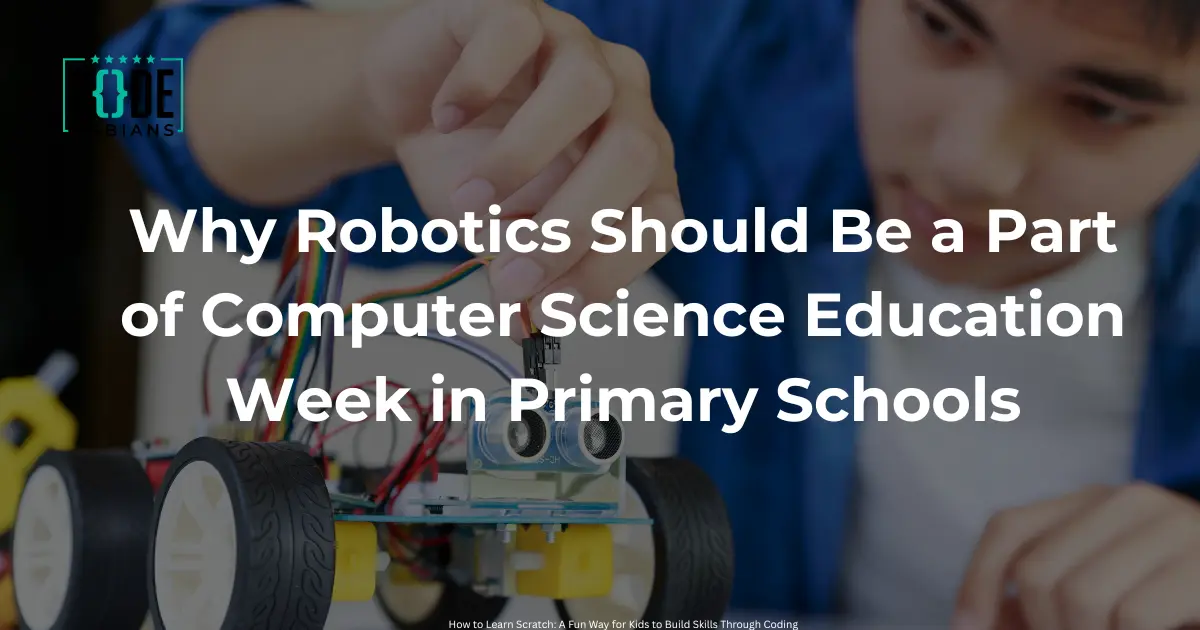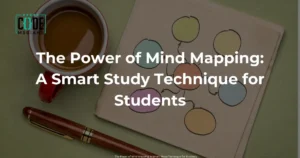With the digital world changing so quickly, exposing children to technology has become essential rather than optional.
Computer Science Education Week (often called CSEdWeek) serves as a global reminder of how important computer science skills are for future generations.
While coding activities like Hour of Code take center stage during this week, there’s another innovative and engaging approach schools should explore: robotics in elementary education.
Incorporating robotics into Computer Science Education Week can transform the way young students understand technology. It nurtures imagination, analytical skills, and innovation—traits that are vital for future leaders.
What is Computer Science Education Week?
Computer Science Education Week, held every December, honors the birthday of Admiral Grace Hopper, a pioneering figure in the world of computer programming.
The week is dedicated to encouraging students of all ages to learn computer science and explore future careers in technology.
Schools, teachers and parents around the world participate in this initiative by organising tech-based activities such as coding challenges, guest lectures and tech fairs.
However, there is a growing recognition that computer science is not just about coding – it is also about thinking computationally, solving real-world problems and creating innovative solutions.
This is where robotics fits in perfectly.
Why start early? The case for robotics in elementary school
Young children are naturally curious.
They love creating, testing, and understanding how different things function.
Starting robotics in elementary school takes advantage of these tendencies.
Robotics education helps students:
- Develop logical thinking and problem-solving skills
- Learn about cause and effect through practical, hands-on experiences.
- Gain confidence by building something concrete and functional
- Work collaboratively to find creative solutions
When students learn robotics, they are not just using technology – they are creating it. This is an empowering change, especially at a young age.
How Robotics Connects with Computer Science Education Week
Robotics seamlessly integrates with the goals of Computer Science Education Week. Here’s how:
1. Makes coding tangible
Many kids find screen-based coding abstract.
But when they code a robot to walk, speak or avoid obstacles, they immediately see the real-world result of their efforts. This turns lines of code into action, making learning fun and engaging.
2. Encourages active participation
Unlike lectures or worksheets, robotics encourages active learning.
Students interact with physical objects, test their theories and correct mistakes in real time.
This leads to deeper learning and long-term retention.
3. Promotes equity in learning
Robotics offers something for every learning style. Whether a student prefers building, problem-solving, storytelling, or visual learning, robotics has a place for them. It levels the playing field and promotes inclusivity in tech education.
Benefits of Robotics in Elementary Education
Introducing robotics during Computer Science Education Week can provide long-term benefits for students:
- Enhances STEM learning by integrating science, technology, engineering, and math.
- Teamwork and communication are improved because students often work in groups.
- Develops patience and resilience through trial-and-error learning.
- Fosters creativity and innovation, allowing students to design and build their own robots.
These skills go far beyond the classroom. These skills equip students for careers in areas like tech, engineering, healthcare, design, and beyond.
Simple ways to integrate robotics during the week
Even if your school has limited resources or no prior robotics program, you can still celebrate Computer Science Education Week with robotics. Here are some ideas:
🔹 Start with affordable kits
There are many budget-friendly robotics kits like LEGO Education, mBot, or even DIY robotics using cardboard and small motors. These kits are ideal for beginners.
🔹 Run a “build-a-bot” challenge
Give students a challenge (for example, build a robot that can follow a path or pick up objects) and let their creativity shine. This encourages teamwork and problem-solving.
🔹 Invite a guest speaker
Host a robotics engineer or tech professional for a quick session with students. Let them share how they use robotics in real life. Virtual guests work just as well.
🔹 Combine robotics with coding
Use a visual block-based coding platform like Scratch or Blockly to program the robot’s movements. This helps students understand how coding controls the physical world.
Overcoming challenges
“We don’t have a robotics lab” or “our teachers aren’t trained in robotics” – these are common concerns. But solutions are within reach:
Start small: Start with just one robot per class or use simulators like VEXcode VR or Tinkercad Circuits.
Use free online tutorials: Many platforms offer beginner-friendly guides and lesson plans.
Train teachers gradually: Start with small professional development sessions or partner with organizations that provide robotics education support.
Conclusion
Computer Science Education Week is more than just a celebration – it’s an opportunity to prepare young learners for the future.
By integrating robotics into primary education, we give students the chance to explore technology beyond the screen.
We help them build confidence, learn collaboratively, and develop the skills they need to thrive in a digital world.
Let’s use this week as a launchpad – to bring robotics into the hands of every child, one step at a time.





👍